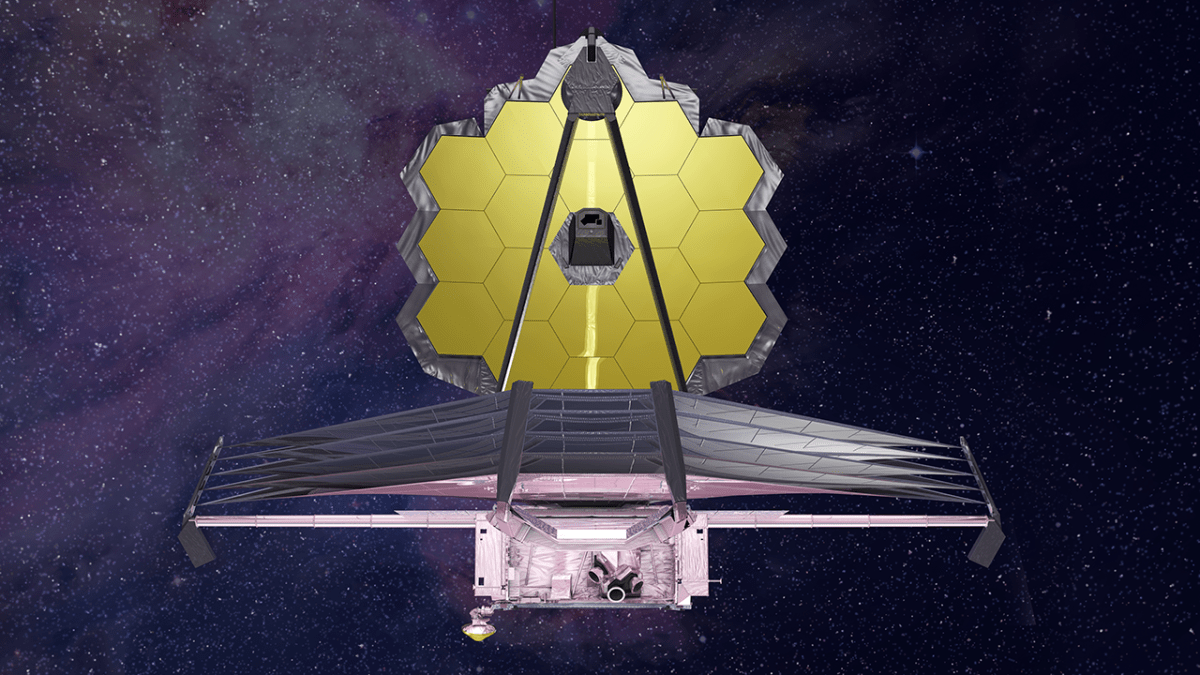James Webb, the successor to Hubble and who NASA sent into space last December, is now able to create needle-sharp shots.
Work is underway on the $11 billion James Webb Space Telescope, and the main optical units have been set up to produce high-quality images. However, before the space telescope can begin operating normally, even the scientific instruments must be turned on, and this is expected to take several months.
The space telescope sent the first image from space in February, but because the mirror elements were not adjusted at that time, the image was a bit blurry, and eighteen light spots could be seen in the image (a total of eighteen parts of the telescope). Since then, a lot of setup work has been done with binoculars, images sent home have become more accurate, and the device recently captured a successful image of a slice of the Magellanic Cloud with the main imaging systems finely tuned.
The incredibly complex James Webb Space Telescope on January 24 reached its destinationThe second Lagrange point is 1.5 million km from Earth. The space telescope will collect information from the early universe: it will study the universe, the planets and moons within the solar system, the oldest and most distant galaxies in the infrared range, which are largely absorbed by our planet’s atmosphere.
If you liked the article, follow us for more news and curiosities at Facebook!












































